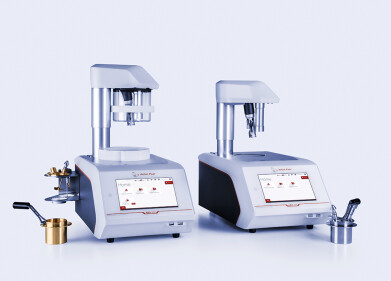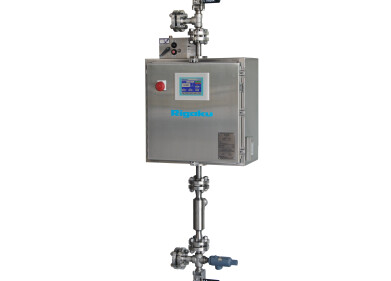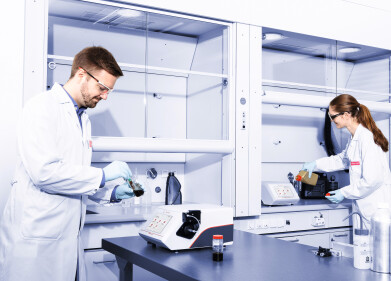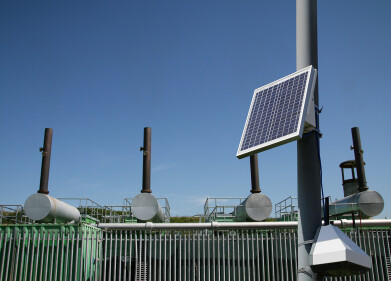Measurement and Testing
Carbohydrate Analysis in Essential and Non-Essential Foodstuffs
May 01 2009
Due to their importance as macronutrients, the determination of carbohydrates or saccharides is of great interest in food analysis. Metrohm (Switzerland) has developed a straightforward ion
chromatographic method using isocratic elution and pulsed amperometric detection (PAD) to sensitively determine watersoluble polyols and sugar alcohols as well as mono-, di- and poligosaccharides in essential and non-essential foodstuffs. The most commonly applied analytical techniques for determining carbohydrates are H-nuclear magnetic resonance
(NMR), fourier transform infrared spectroscopy (FT-IR), polyacrylamide gel electrophoresis (PAGE), gas and liquid chromatography (GC/LC) followed by mass spectrometry (MS). While spectroscopic methods require expensive instruments and highly skilled operators, gas chromatography methods depend on time-consuming derivatisations. High-performance anionexchange chromatography provides an alternative that is both less expensive than MS and faster than GC.
In strongly alkaline mobile phases, sugar anions are separated on a positively charged strong anion-exchange resin. Subtle differences in the pKa values of the carbohydrate hydroxyl
groups allow efficient separation of low-molecular saccharides. However, sensitive and straightforward detection of the separated carbohydrates has long been a challenge. Ultraviolet and fluorescence detectors cannot be used due to the lack of chromatophores and fluorophores, and refractive index detection suffers from poor sensitivity and the fact that gradient elution is not applicable. Since carbohydrates are electrochemically active, amperometric detection can be used to overcome these problems. A triple-step potential waveform referred to as pulsed amperometric detection (PAD) is applied. Initially a positive potential (E1) is applied to determine the target analytes, followed by the application of a second, more positive potential (E2) for oxidative removal of any reaction products from the electrode surface. The third, negative potential (E3) is applied to reduce any surface oxides on the electrode surface. The entire three-stage process typically lasts one second and is repeated once per second to prevent electrode fouling. Apart from carbohydrates, PAD can be used for determining amino sugars, amino acids,
biogenic amines, sulfur-containing species, alcohols and some antibiotics. The instrument of choice for these applications is Metrohm’s ‘sugar analyser’, the 871 Advanced Bioscan.
Digital Edition
PIN 25.5 Oct/Nov 2024
November 2024
Analytical Instrumentation - Picturing Viscosity – How Can a Viscometer or a Rheometer Benefit You? - Sustainable Grease Formulations: Evaluating Key Performance Parameters and Testing Method...
View all digital editions
Events
Nov 26 2024 Paris, France
Nov 26 2024 Amsterdam, Netherlands
Nov 27 2024 Istanbul, Turkey
Biogas Convention & Trade Fair 2024
Nov 27 2024 Hanover, Germany
Dec 03 2024 Dusseldorf, Germany



















